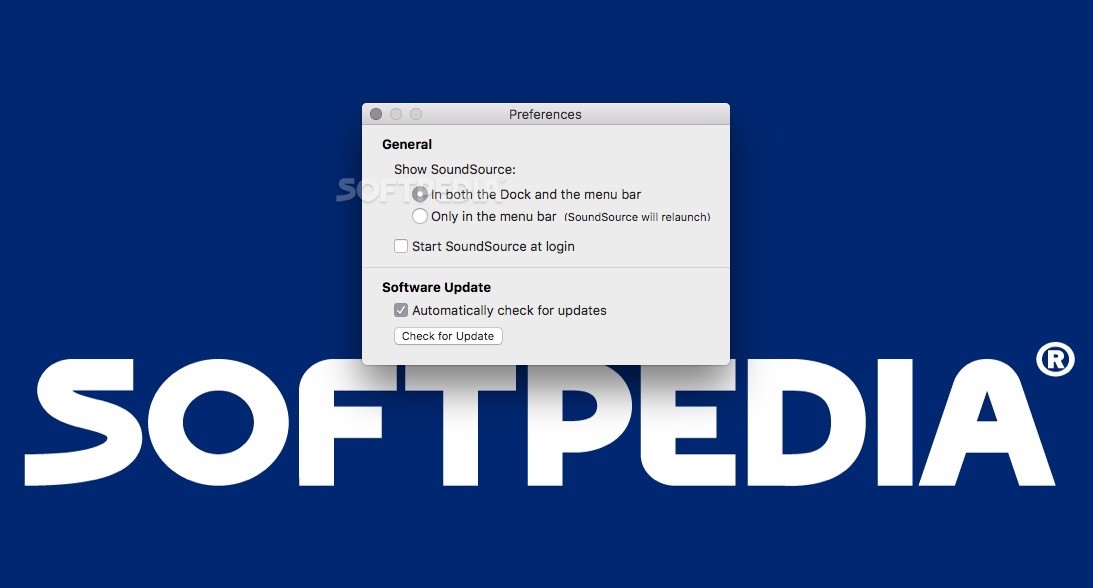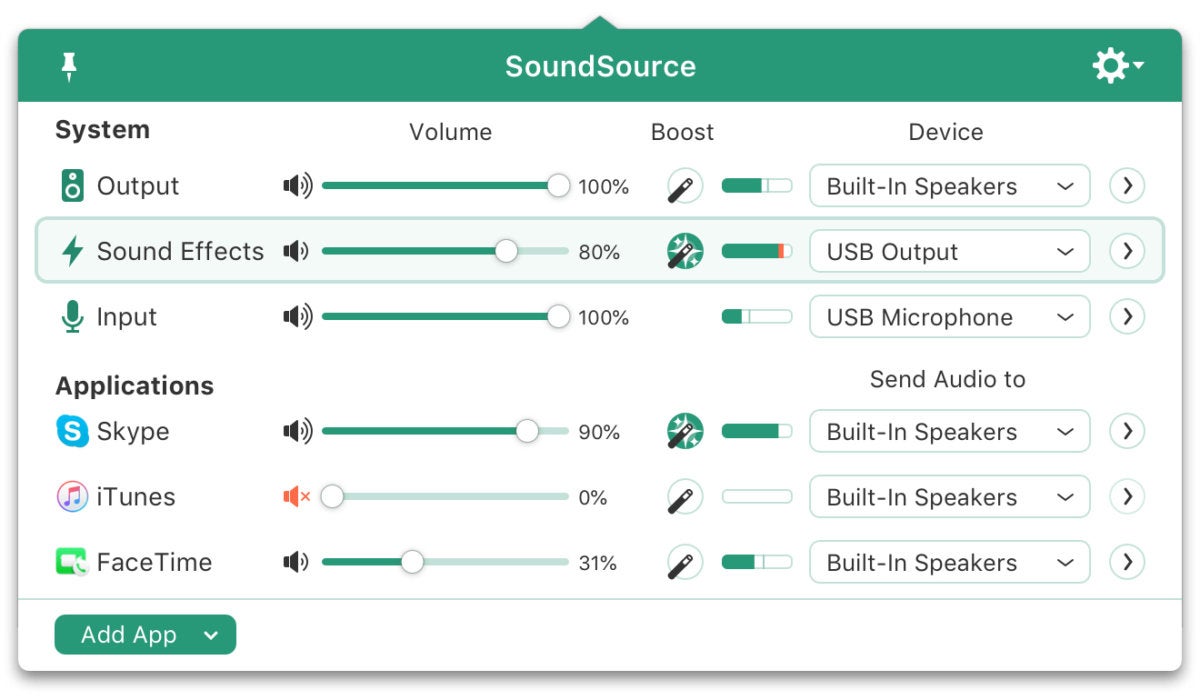

These movements cause altered activity in DCN ( Lanting et al., 2010), possibly by enhancing somatosensory input via the trigeminal pathway. Intriguingly, in 80% of tinnitus patients, head, jaw, and neck movements can modulate the perception of tinnitus ( Levine et al., 2003). Injury to the multisensory pathways that are thought to send signals to DCN can lead to tinnitus ( Folmer and Griest, 2003). Somatic tinnitus has been linked to pathological enhancement of trigeminal input to DCN. Disruption of this pathway may underlie some forms of tinnitus, the phantom percept of high-frequency sound commonly referred to as “ringing” of the ears. From the brainstem, the second-order neurons extend their axons to the contralateral thalamus along the trigeminal lemniscus. This pathway carries cutaneous mechanosensory information from the face and head via first-order neurons of the trigeminal ganglion to the trigeminal brainstem nuclei. In principle, somatosensory signals from the head and face that could inform the auditory system of the current position of the jaw and ears – especially relevant to sounds source localization in animals with mobile pinna – are transmitted into the brainstem via the trigeminal pathway. The trigeminal pathway is likely to contribute to sound source localization. However, the sources of multisensory information are not well understood, especially in mice, a species which has become an important model in auditory neuroscience. The dorsal cochlear nucleus (DCN), one of the first central targets of cochlear input, is thought to compute a sound source by integrating auditory spectral cues with multisensory (non-auditory) information regarding the position of the head and ears from motor, somatosensory, proprioceptive, and higher level auditory processing regions ( Ryugo et al., 2003). Thus, secondary brainstem sources carry non-auditory signals to the DCN in mice that could provide a processed trigeminal signal to the DCN, but primary trigeminal afferents are not integrated directly by DCN.Īccurate sound localization is essential for an animal’s survival and much of the auditory brainstem is specialized for this function. However, direct axonal projections from the trigeminal ganglion itself were undetectable. We found that the spinal trigeminal nucleus indeed projects to DCN, targeting granule cells and unipolar brush cells. We therefore investigated the presence of trigeminal projections to the DCN in mice, using viral and transgenic approaches. However, evidence for these projections in mice, an increasingly important species in auditory neuroscience, is lacking, raising questions about the universality of such proposed functions. There is evidence for these axonal projections in guinea pigs and rats, although the size of the pathway is smaller than might be expected for a function essential for a prey animals’ survival. Trigeminal sensory signals from the face and ears could provide the non-auditory information that the DCN requires for its role in sound source localization and cancelation of self-generated sounds, for example, head and ear position or mouth movements that could predict the production of chewing or licking sounds.

Several extrinsic sources of these non-auditory signals have been described in various species, and among these are first- and second-order trigeminal axonal projections.

The DCN circuit integrates non-auditory information, such as head and ear position, with auditory signals, and this convergence may contribute to the ability to localize sound sources or to suppress perceptions of self-generated sounds. The dorsal cochlear nucleus (DCN) is the first site of multisensory integration in the auditory pathway of mammals.


 0 kommentar(er)
0 kommentar(er)
